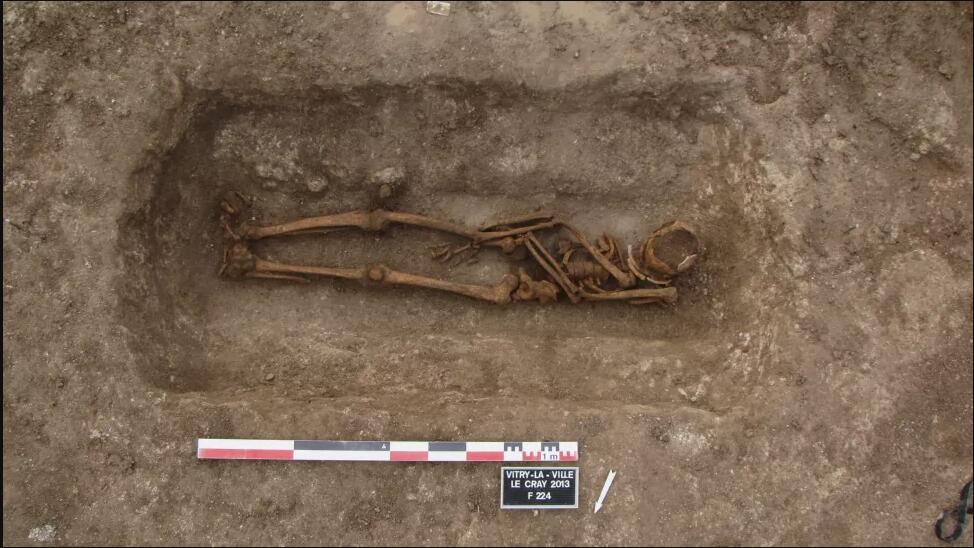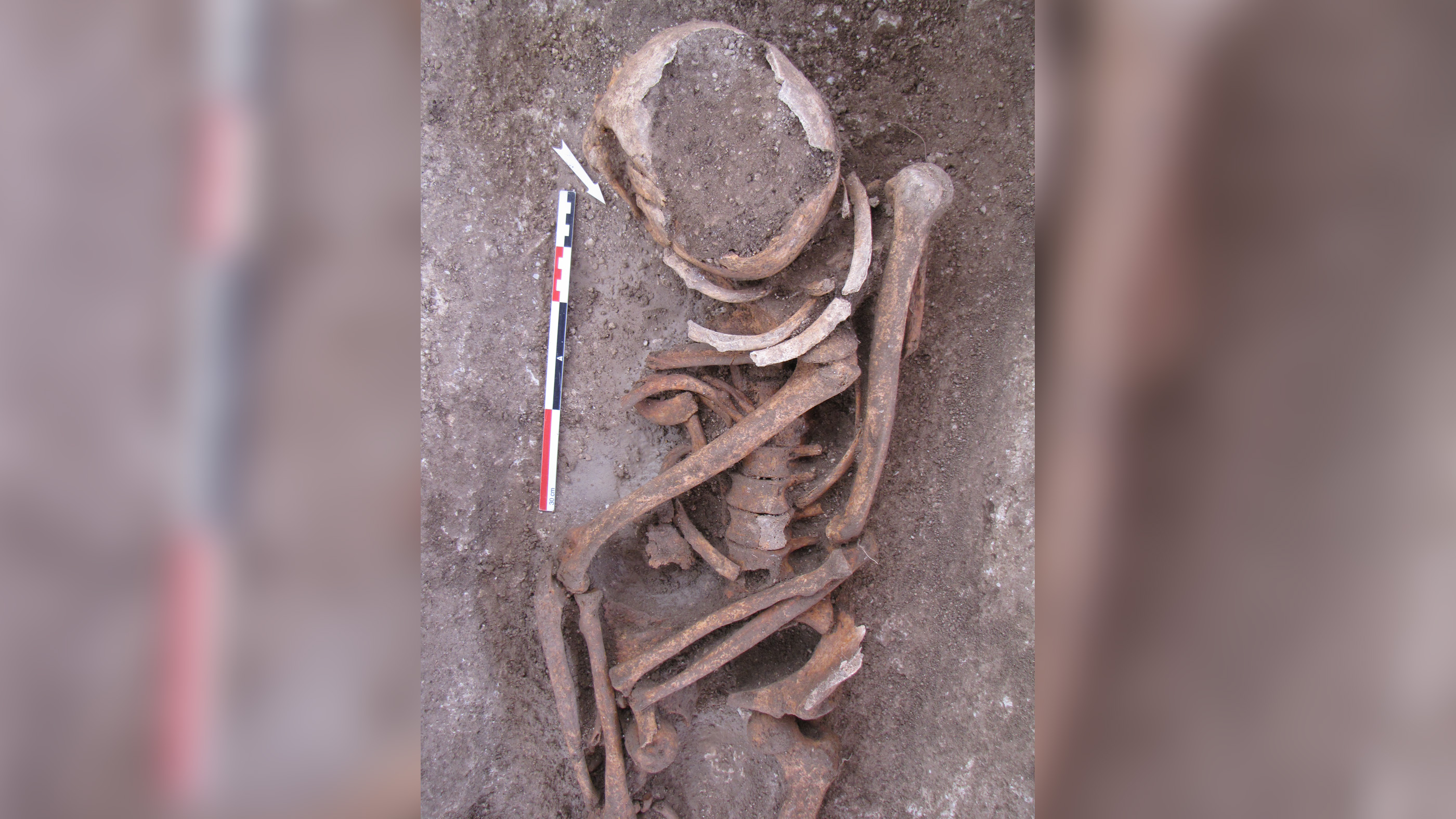Information
Archaeologists investigate mystery of graves reopened 1,400 years ago
People living across Europe around 1,400 years ago had a habit of reopening graves and taking out objects for reasons that archaeologists are trying to understand, according to a new study.
"The practice of reopening and manipulating graves soon after burial, traditionally described — and dismissed — as 'robbing,' is documented at cemeteries from Transylvania to southern England," a team of researchers wrote in a paper published June 18 in the journal Antiquity.
In their study, the researchers reanalyzed previously excavated cemeteries from five regions of Europe. They found that between roughly the sixth and eight centuries A.D., people frequently opened graves and took out objects for reasons that don't seem linked to grave robbery.
"They made a careful selection of possessions to remove, especially taking brooches from women and swords from men, but they left behind lots of valuables, even precious metal objects, including necklace pendants of gold or silver," lead study authorAlison Klevnäs, a researcher at Stockholm University, said in a statement.
The researchers also found that many of the items removed from the graves were in poor condition, particularly the swords, and would have had no practical use or economic value, the researchers said.
"Results show burials most commonly being reopened within about a generation of interment, and sometimes less," the team wrote. "The most frequent time frame for reopening was after soft tissue decay, but before any wooden container had collapsed or become filled with sediment."
Since it takes just a few years for bodies to rot in most conditions, "those graves were opened very soon after burial," Klevnäs told Live Science in an email.
Why people removed items from the graves is unknown, but the archaeologists believe the motivations probably varied from place to place. "Grave reopening became part of a repertoire of possible engagements with mortuary remains over a wide geographic area, but motivations were probably driven as much by local concerns as by broadly shared understandings of death and its rites," the team wrote.
The fact that swords and brooches were often taken suggests some kind of symbolic motivation. "Swords and brooches are some of the most symbolically laden objects in the graves," Klevnäs told Live Science in an email. "These were given as gifts and passed on as heirlooms; they're objects used to link people, including across generations. They bring stories and memories. So it's likely that they are retrieved for these reasons."
The practice of reopening graves did not last long. "The reopening custom spread over western Europe from the later sixth century and reached a peak in the seventh century," study co-author Astrid Noterman, a postdoctoral researcher at Stockholm University, said in the statement. "In most areas, it peters out in the later seventh century."
Scholars react
Live Science contacted several scholars who were not affiliated with the research to get their reactions to the findings.
"I think it's going to be very difficult to say exactly why people removed 'grave goods,'" Yves Gleize, an archaeologist with the National Institute for Preventive Archaeological Research in France, said in an email.
One concern Gleize expressed was that the study researchers attempted to determine when objects were removed by estimating the corresponding stage of decomposition of the body inside that particular grave. This is problematic because bodies and coffins can last for longer or shorter periods of time depending on the environment.
"The conservation of an empty space in the grave depends [on] many parameters," Gleize said, noting that if the conditions were right, a human bodycould be preserved for centuries.
Heinrich Härke, an archaeology professor at Eberhard Karls University Tübingen in Germany, said that while some of the "discoveries" have been reported previously in journals or books, the authors of the new paper are the first to bring all of these finds together.
"What is new in this article — and that deserves to be emphasized and given due recognition — is the coherent attempt to pull the western and central European evidence on 'grave opening' together, present it as a European-wide phenomenon of the 6th/7th centuries A.D., and offer some possible interpretations," Härke said in an email.
"I think these are really exciting findings," said Emma Brownlee, a research fellow in the University of Cambridge Department of Archaeology. "One of the things that strikes me is the fact that reopening is happening in a very similar way in places as far apart as Kent [England] and Transylvania, suggesting that there was a shared understanding of how to interact with the dead that transcended other cultural boundaries. We're only just starting to appreciate how interconnected the early medieval world was, and research like this is enormously helpful."
Originally published on Live Science.
Category: English
News
Information
Key words:



